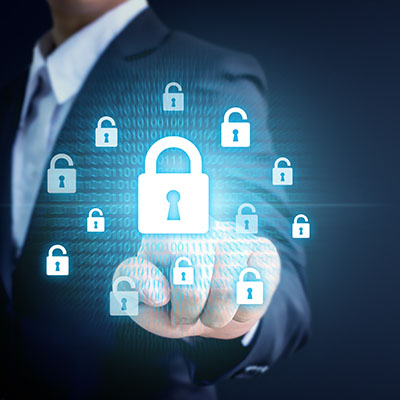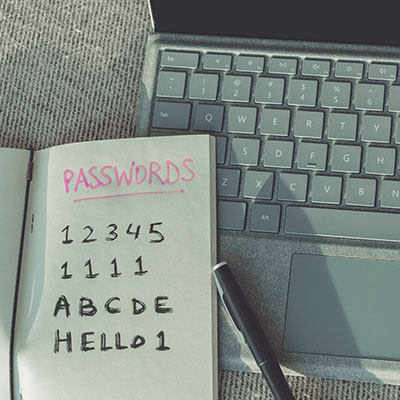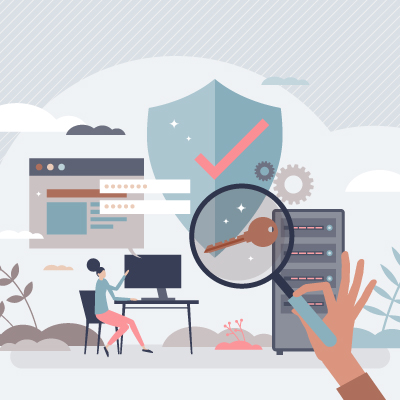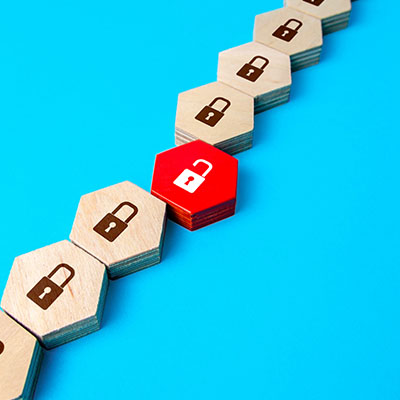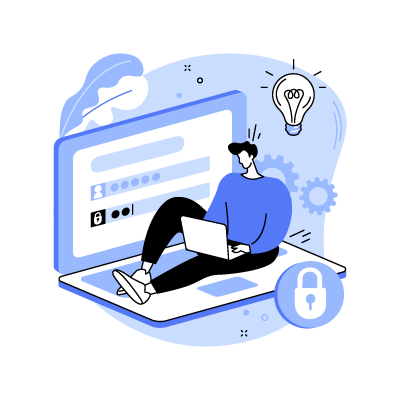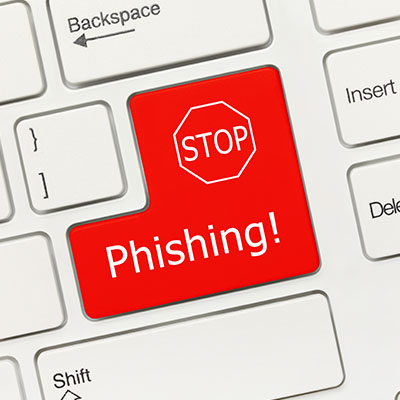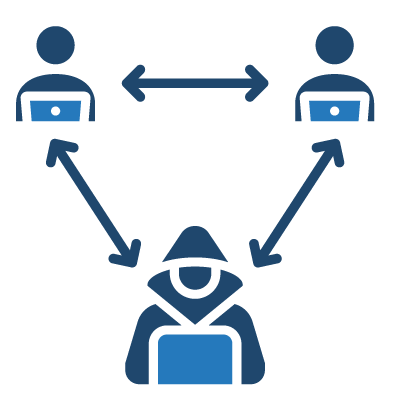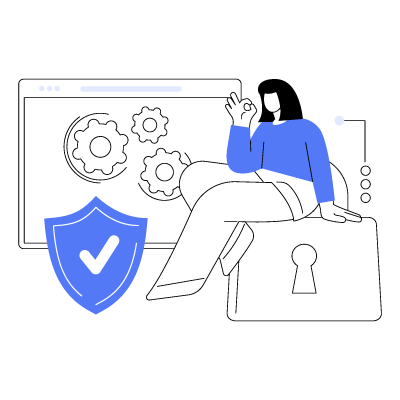There’s no question that modern businesses—-businesses just like yours—-cannot and should not function without cybersecurity protections. We will shout this from the mountaintops at every opportunity… so let’s go over why security is so important and what needs to be done to ensure yours.
Passwords are the most used account security apparatus. As such, it’s essential that everyone connected to your organization has your overall cybersecurity in mind and knows exactly how to secure the accounts they use. In today’s blog, we’ll look at some common passwords that don’t accomplish their stated purpose very well and how to change that.
Encryption has become one of the most dynamic cybersecurity tools available for individuals and organizations. In today’s blog, we will define encryption and how it helps professionals thwart potential cyberattacks.
Cyberattacks will not let up anytime soon, so businesses need to be prepared with the knowledge and expertise to combat them. Unfortunately, finding the right folks with the right expertise is hard. According to a report from Kaspersky titled “The Portrait of Modern Information Security Professional,” the world is short about 4 million security professionals, and even the existing professionals make grave errors in their first couple of years. Let’s take a look at some of these insights and see what we can learn from them.
Password management can be challenging for both businesses and individuals, but it doesn’t have to be as difficult as it seems. With the increasing threat of cybersecurity attacks, relying on a single password is no longer sufficient. Instead, you need to use complex passwords stored in a password manager, which simplifies the process of remembering them.
We talk a lot about phishing on this blog, and for good reason. It makes up a significant portion of today’s cyberthreats, irrespective of size or industry. Today, we want to highlight how your business can protect itself from phishing attacks and keep their impacts to a minimum. We’ll dive into some details about phishing schemes and the solutions you can implement to keep your business safe.
Ransomware is not just a business problem; it is also a consumer and user problem. While it might lock down your business’ files and make them inaccessible, there is also the possibility that the cybercriminals will steal and sell the data on the black market rather than safely return it. What happens to users who have had their data stolen during a ransomware attack?
If your organization is fortunate enough to have an internal IT department, it’s likely that they are managing a complex infrastructure on top of being understaffed and overworked. We’re not knocking your business or anything; it’s just the nature of the work and the reality of SMBs (trust us, we’d know). We can make managing your technology significantly easier and less of a pressure on your IT workers.
Cybersecurity attacks happen when you least expect it, and data is often more susceptible to a cyberattack while it’s moving from one individual to another. This is what is commonly known as a man-in-the-middle attack, or MitM. Essentially, data gets intercepted while it’s in transit—but what can you really do to stop it? Let’s find out.
The second you hear “audit,” your brain likely goes into damage control mode. However, the purposes of an audit are not necessarily malicious. In fact, they can be remarkably beneficial for a number of reasons, including network security. A good audit can help your business stay secure from threats and vulnerabilities.


